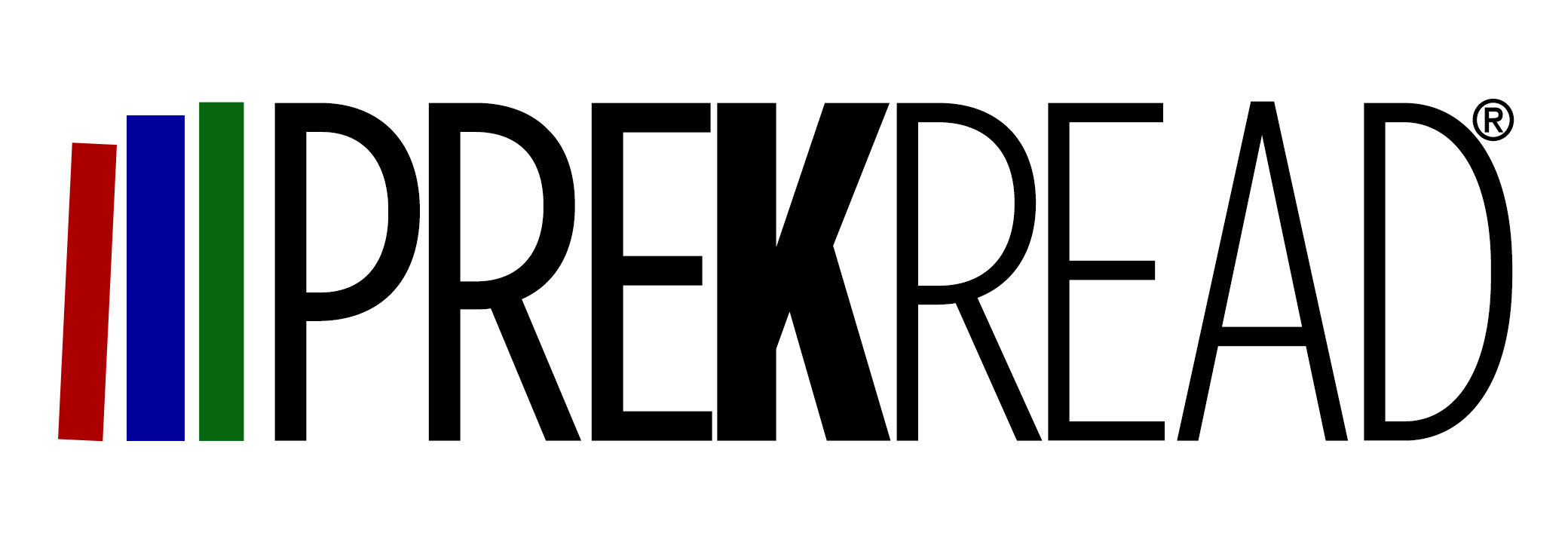Welcome to our site!
We are committed to providing the tools to teach children to quickly and easily learn to read, with no cost to parents.
Why is early literacy so important?
My interest and advocacy for early literacy began when my own children were in preschool. It was very important to me that they be great readers, and I decided I did not want to chance their success on a classroom environment where a single teacher would be trying to teach 30 busy 5 year olds how to read. My son, who was later diagnosed with ADHD, was extremely active, and attention was not his strong point. In a class with so many other distractions, I worried he would fall behind. So I paid a lot of money for a well renowned reading program and took matters in my own hands.
Working regularly over the summer, both of my kids started kindergarten reading pretty well. I thought they’d be far ahead of the other students, but I was wrong. Many other parents had either also taken it upon themselves to teach their children to read, or paid high tuition costs for learning focused preschool programs. Both of my kids attended preschool as well, but they only learned preschool basics: shapes and colors, a few letters and numbers, and a lot of play time. I support a lot of play time in preschool. Developing social skills and relationships with peers is very important and necessary for later success in kindergarten and beyond. However, the developing child’s brain will learn things faster and easier at this age than at any other point in their life. Spending a few minutes a day teaching a child how to read can set them up for greater success in their continued education, and parents are looking for any way possible to give their kids a head start.
Research shows that children entering kindergarten behind their peers are likely to never catch up. This isn’t a problem for parents who have the knowledge, ability, or money, to either buy a reading program for their children, send them to a studious preschool, or teach them at home. Unfortunately, there are many parents who simply don’t have this ability, and many more who are unfamiliar with how education has changed over the last several years to even realize it is an issue. Most of us remember kindergarten as a place where we played with friends, at graham crackers at snack time, and went home. Today, kids are required to be able to read 100 words, write an essay of 3-5 sentences, and do basic math by the end of kindergarten. A child who enters kindergarten already reading will not have a problem with this rigorous schedule. A child who is behind will struggle and possibly never catch up.
I believe all children should have equal access to education. After working in preschool education for the past several years, I have become increasingly concerned with the inequality I am seeing. There are many programs out there, but they can be costly and not everyone can afford them. Pinterest is a great resource for worksheets and do it yourself programs, but again, not everyone has the resources to put this in place at home. I wanted to create something that was all online, comprehensive, efficient, and proven. Over the years I have developed this curriculum that has worked for me in teaching many preschoolers to read, and, thanks to the help of my husband, have been able to put it online.
We start with the basics, learning upper and lower case letters and their sounds. Once a child learns their letters and phonics, we move on to word families. This helps reinforce the phonics and allows the child to quickly begin reading words, which immediately boosts their confidence and makes learning to read exciting. Next we learn a few high frequency words, and then read our first book that specifically contains the world families and high frequency words we have been working on. This step is very important because children see reading an actual book as the goal of learning to read. Their excitement at being able to read a book is a huge reward for all of their work, and motivates them to continue learning. Being able to sit down with a parent, grandparent, or sibling, and read a book is a huge deal to young children. We spend some time reinforcing the basics, reading several books that have familiar words, then we move on to compound sounds and punctuation. This curriculum can carry a child through a first grade reading level, and with only a few minutes a day, children can usually get through it all within only a few months.
In order to keep children interested and not make learning to read a ‘chore,’ I recommend 3 year olds not spend more than five minutes per day, and 4 year olds ten minutes per day. Even in that limited amount of time, children can and will quickly and easily learn to read.
If you are on Pinterest, please use the button on the top right to follow our site. Thanks!
